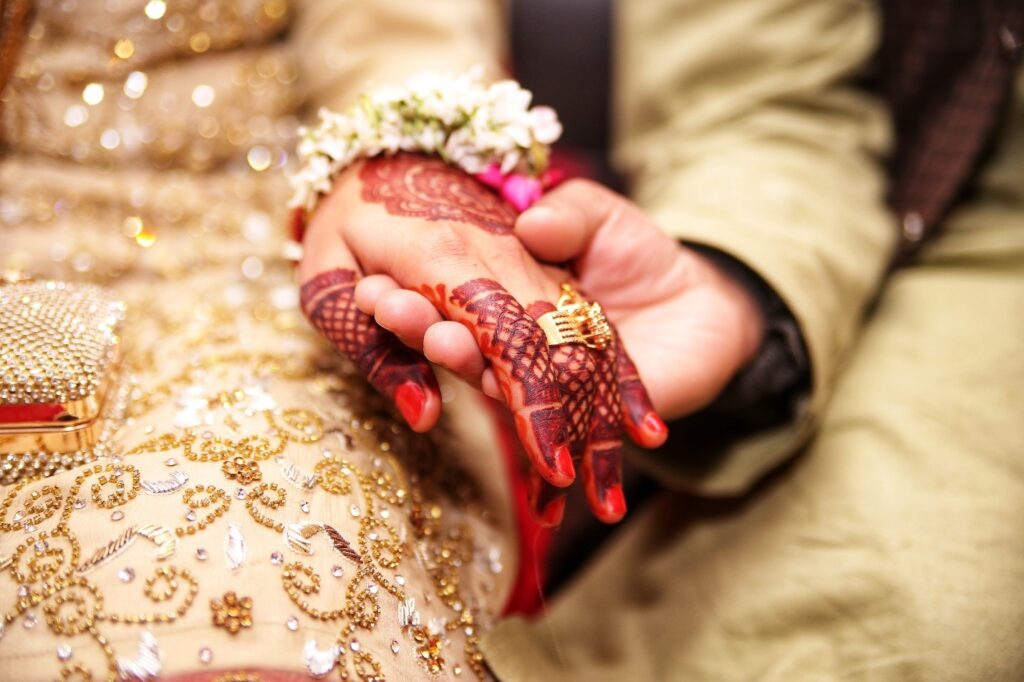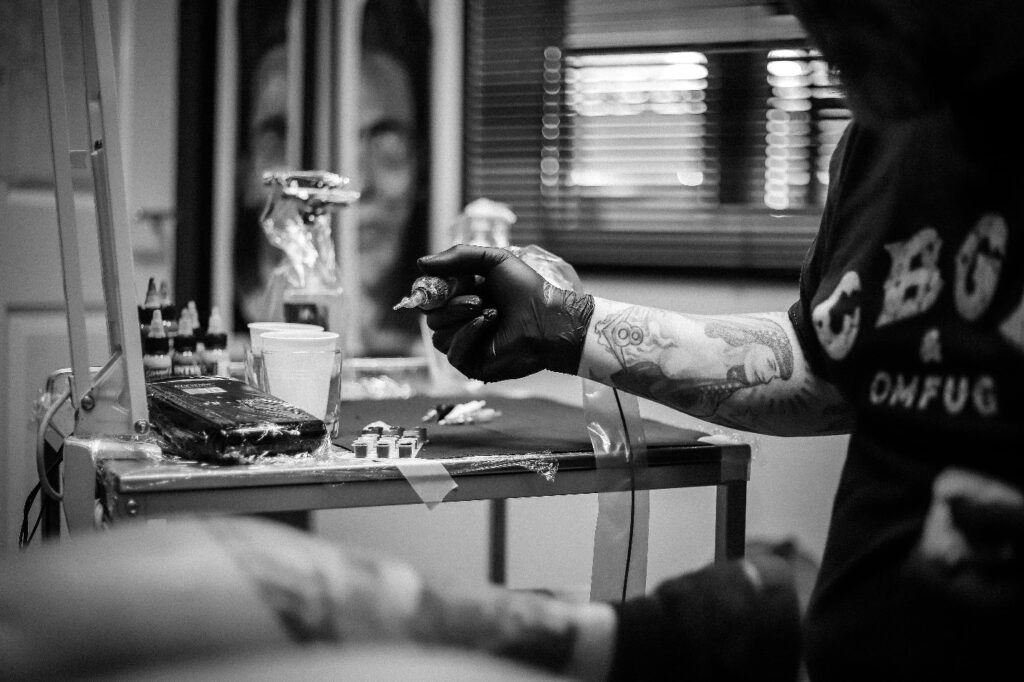Tattoos, once associated with rebels and outcasts, have undergone a remarkable transformation over the years. From their roots as taboo symbols to becoming mainstream forms of self-expression and artistry, tattoos have transcended cultural boundaries and evolved into a rich, diverse art form that tells stories, represents identities, and fosters connections. This article delves into the fascinating journey of tattoos from their early history to their contemporary significance as mainstream art.
Tattoos, as a form of body modification, have a history that stretches back thousands of years. Archaeological discoveries have revealed evidence of tattoos on mummies and ancient remains from various cultures. For instance, in Egypt, tattoos adorned women’s bodies as early as 2000 BC, and the art of tattooing held spiritual and protective significance. Similarly, in Japan, tattoos have been traced back to the Jomon period (10,000 BC – 300 BC), where they served as both decorative and symbolic elements.
These early tattoos often held deep cultural or spiritual significance. Each design conveyed a unique message or belief, whether it was protection from evil spirits, a mark of tribal identity, or a symbol of personal achievement. The tattooing process was a rite of passage, marking important life events such as coming of age, marriage, or acts of bravery.

Throughout history, tattoos have served as symbols of identity, social status, and group affiliation. In many indigenous societies, tattoos were used to mark milestones like coming of age, marriage, or warrior achievements. For example, the Maori people of New Zealand traditionally adorned themselves with intricate facial tattoos called “moko,” signifying their lineage, tribal affiliation, and life experiences. These tattoos were not only symbols of pride but also integral to their cultural heritage.
Despite their historical significance, tattoos faced periods of stigma and prohibition in various parts of the world. In the Western world, tattoos were often associated with marginalised groups, such as sailors, prisoners, and bikers. The association with rebellion and non-conformity led to their negative perception in mainstream society. Additionally, various religious and cultural beliefs viewed tattoos as sacrilegious or inappropriate.
The turning point for tattoos came in the latter half of the 20th century. Several factors contributed to the resurgence of tattoos as a mainstream art form:
1. Pop Culture Influence: Icons like Elvis Presley, Janis Joplin, and the punk rock movement of the 1970s helped popularise tattoos in the West. Celebrities began to proudly display their ink, which encouraged wider acceptance.
2. Tattoo Technology: Advancements in tattooing equipment and techniques led to higher-quality and less painful tattooing experiences. Tattoo artists were able to create intricate designs with greater precision.
3. Changing Perceptions: As societal norms shifted, tattoos gradually became more accepted. People began to see tattoos not just as symbols of rebellion but as meaningful forms of self-expression.
4. Tattoo as Art: Tattoo artists started gaining recognition as true artists, with their work being showcased in galleries and museums. The fusion of traditional tattooing with various art forms like realism, watercolour, and abstract designs opened new creative avenues.
In the 21st century, tattoos have firmly established themselves as a legitimate art form. The tattoo culture is characterised by the following trends:
1.Personal Expression: Tattoos now serve as a canvas for personal stories, beliefs, and memories. People use them to commemorate loved ones, celebrate milestones, and express their individuality. Tattoos have become deeply personal, often reflecting the unique experiences and passions of the wearer.
2. Diversity of Styles: The tattoo industry has seen an explosion of styles and techniques. From minimalist black ink designs to vibrant, full-colour masterpieces, artists draw inspiration from a wide range of influences. This diversity allows individuals to find a style that resonates with their personality and preferences.
3. Tattoo Communities: Social media platforms and online communities have brought tattoo enthusiasts and artists together. This interconnectedness allows them to share their work, gain inspiration from others, and collaborate on projects. It has fostered a global community of tattoo lovers who appreciate the artistry and stories behind each piece.
4. Empowerment and Inclusivity: Tattoos have become a symbol of empowerment for individuals from all walks of life. They can be used to challenge societal norms, celebrate diversity, and promote self-acceptance. Inclusivity is a core value in modern tattoo culture, with artists striving to create a welcoming and respectful environment for clients of diverse backgrounds.

The evolution of tattoos from taboo symbols to mainstream art is a testament to the enduring power of self-expression and human creativity. As we celebrate this journey, it’s essential to recognise that tattoos are more than just ink on skin; they are living canvases that tell stories, evoke emotions, and bridge the gap between cultures and generations. The future of tattoos is likely to be even more diverse and inclusive, reflecting the ever-changing tapestry of human experiences and identities.
In this ongoing evolution, tattoos continue to serve as a powerful means of personal expression and a medium through which people celebrate their unique stories and identities while contributing to the rich tapestry of the global art scene. As societal perceptions continue to evolve, tattoos will undoubtedly remain an enduring and captivating form of self-expression and artistry for generations to come.
Sources
- https://en.m.wikipedia.org/wiki/History_of_tattooing
- https://www.smithsonianmag.com/history/tattoos-144038580/
- https://wellcomecollection.org/articles/W9m2QxcAAF8AFvE5
- https://medermislaserclinic.com/blog/tattoo-history/
- https://wellcomecollection.org/articles/W9m2QxcAAF8AFvE5
- https://www.indiatoday.in/interactive/immersive/contemporary-tattoo-culture-know-history-tattoo-types-and-other-details/




